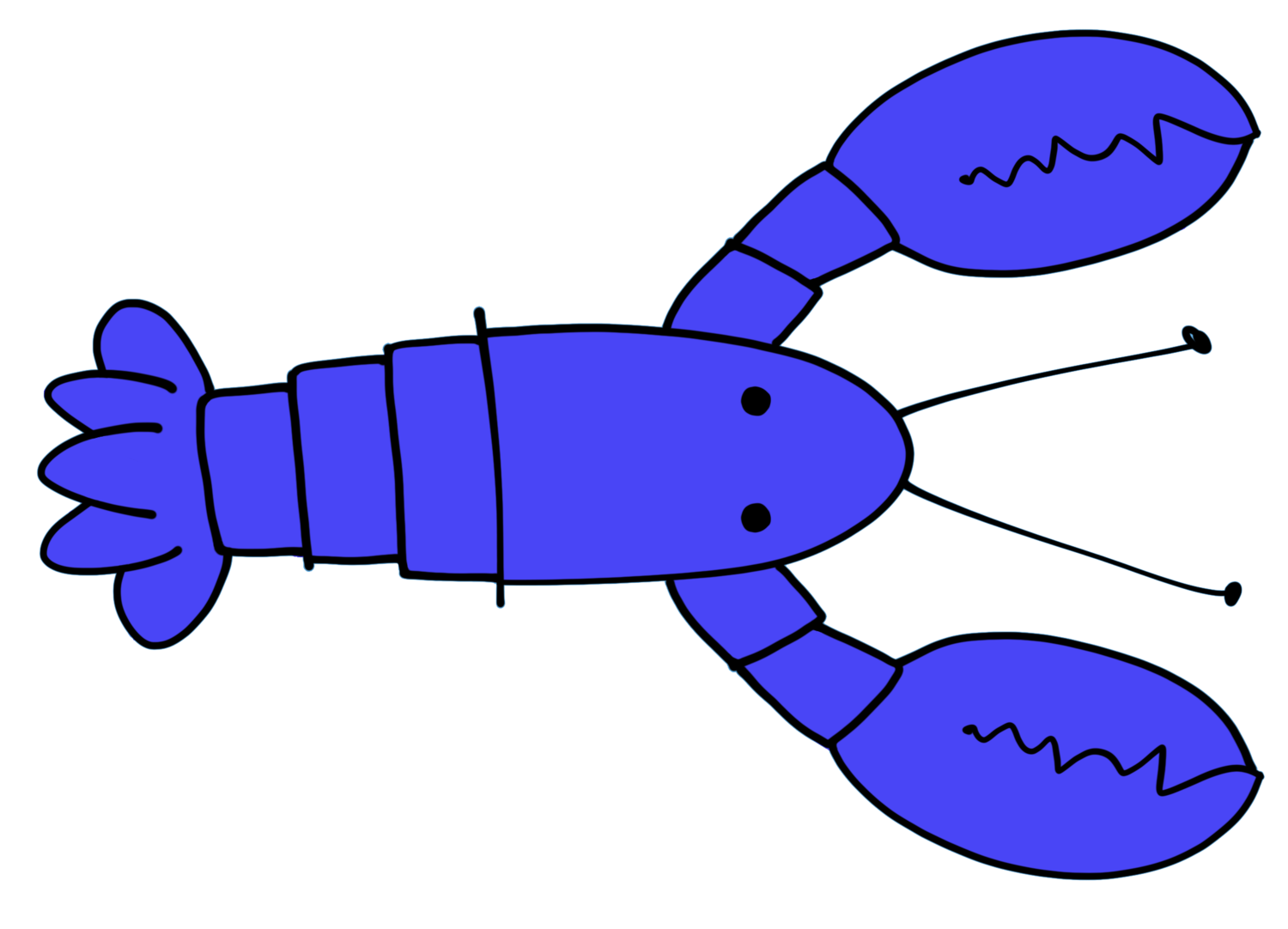How to spend $200+ Billion for a Train Wreck
/
Once upon a time, a paragon of American innovation lost its way. It embodied Einstein’s definition of insanity, spending over $200B for a train wreck… and they’re doing it again. The story starts in the last century and my part about 28 years ago.
In the early 90’s at AT&T, I was on a ‘special project’ with some friends to design the next generation core domestic network. We were from Bell Labs and had “grown up” with the Internet (Arpanet, initially). We were young and idealistic so our designed was based on the TCP/IP protocol. This let us move anything over the network – email, faxes, images, movies, songs, phone calls, photos, anything – in real time. We knew that with enough bandwidth, routers, redundancy and diversity, someday we’d watch or listen to concerts and movies live. This way, we only needed 1 network (with tons of security & safeguards obviously) to handle everything. The days of a voice-only network built on big expensive switches was over. We presented our design to the powers that were. Answer? Nope! They thought it was the dumbest thing they’d ever heard. [About 13 years later, a friend asked me if I still had the designs because they were looking to build that network.]

The 90’s were a battle between the network/telecom providers (AT&T, MCI, etc.) and the PC/Software maker end points (Microsoft) deciding where to put the ‘smarts’. Microsoft et. al., felt they owned the smarts and just needed commodity dumb pipes to connect them together. The networks knew if they didn’t have any ‘smarts’, they didn’t have any differentiable value from each other. The smart ends would win the battle, forever commoditizing the networks. I saw this and worked on this firsthand. It wasn’t pretty. It led to a lot of spending with little success:
- 1999: AT&T pays $44B to buy the cable company TCI, creating AT&T Broadband.
- 2002: AT&T sells AT&T Broadband to Comcast for $47.5B after having invested about $58B more for a total of $102B in AT&T Broadband.
- 2015: AT&T buys DirecTV for $49B.
- 2016: AT&T offers to buy Time Warner (not the cable, the content) for $85B (and I don’t think this is a bargain price).
The networks lost the smart-dumb battle. So, if it hadn’t worked before, why now? Is “Media” that different from smart-ends? Really? Maybe this is what they’re thinking:
- AT&T is losing wireless customers with decreasing revenue/customer;
- DirecTV is losing customers because of cord-cutting;
- Content drives revenue (yup, heard that 20 years ago); it uses lots of bits and time;
- “New” Media companies are becoming networks– Facebook, Amazon, and Google (take special notice of Google – if I were AT&T, I’d worry about them non-stop).

Over 17 years, AT&T spent about $236B (BILLION) dollars to get in, out and back in to the cable and content business. Having lived through some of this and trying to show why it wouldn’t work financially, strategically, innovatively, and a bunch of other ‘ly’s, here are at least 6 lessons I learned:
- If you can’t figure out how to add value to your own stuff, buying other stuff to bolt on, without understanding markets and customers, doesn’t work;
- Culture matters, first and only; Making acquisitions outside your traditional space is hard, it’s virtually impossible if your cultures are radically different;
- If you’re losing customers, DON’T buy a company in the same situation!!!
- If you keep repeating solutions that don’t work STOP! Either figure out something different or figure out how to be a profitable commodity… it works for Coke!
- Check the C-suite egos at the door; hanging out on the set of Game of Thrones isn’t worth billions to shareholders.
- In my next life I want to come back as a company AT&T buys.




